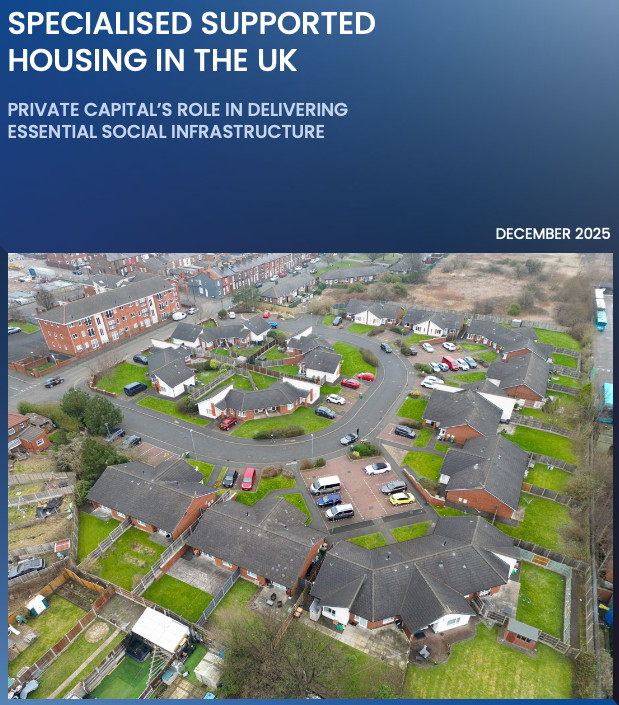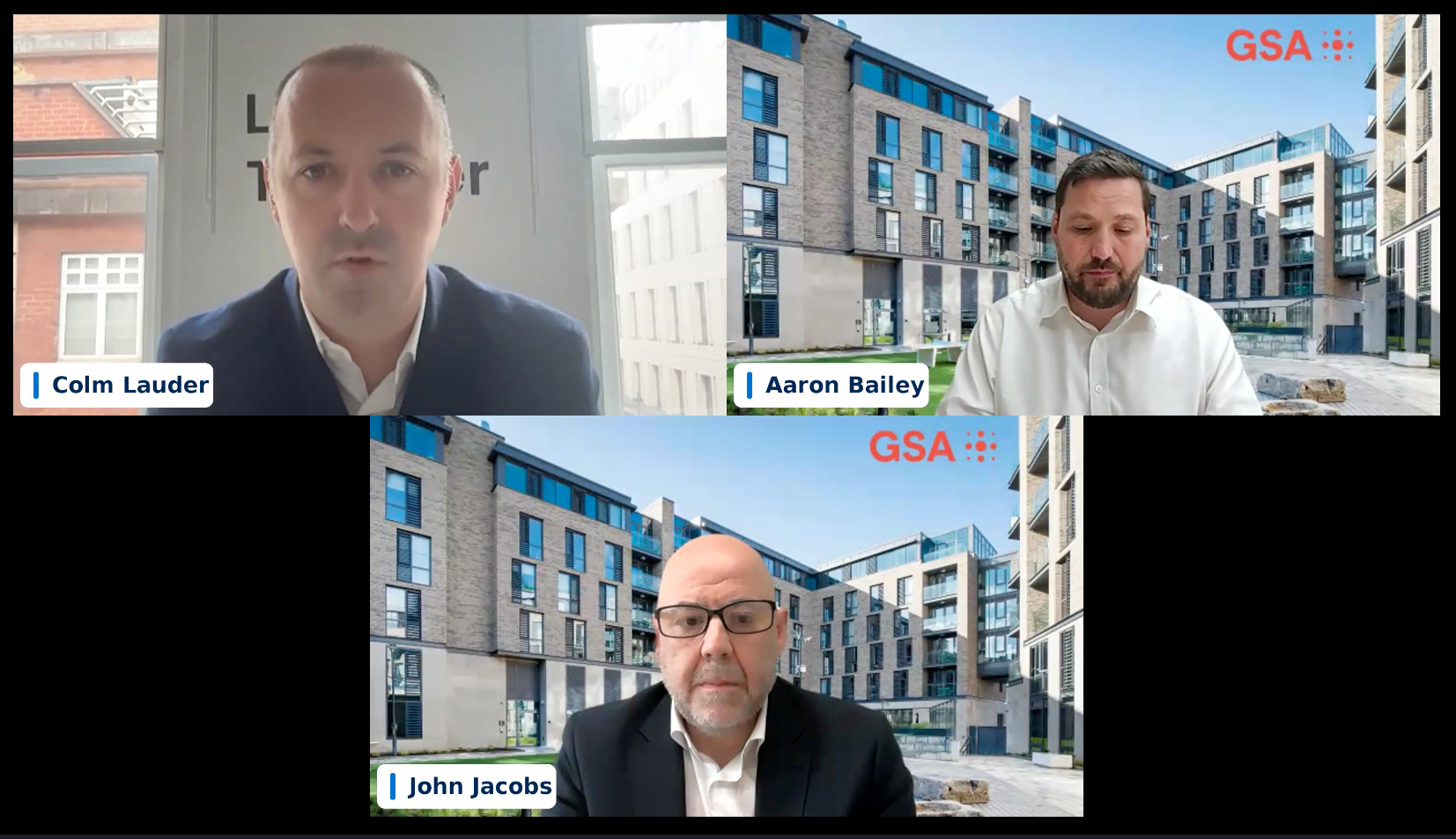UK real estate will need to adapt to wetter, hotter and colder environments ESG regulations, government policy and occupiers will demand real estate fit for purpose in extreme weather Green buildings are being demanded by policy, consumers and investors.
The UK Green Building Council says the UK will need another £97 billion above current public sector commitments OVER the next 10 years to achieve nature positive outcomes.
The current building regs consultation is leaning towards demanding any home built from 2025 must be net zero in 2050. The crackdown on greenwashing and false efficiency claims will likely lead to new policy including some way of verifying the performance of newly built assets some years after being built, beyond just the standard EPC rating.
However, this leaves the problem of existing stock, which in the UK is both old and ill adapted.
Offices, shopping centres, homes and hospitals cannot accommodate extreme temperatures without enormous energy expenditure that will contribute to further climate change and cost a fortune. In the residential sector 76% of total UK housing stock was built before 1980.
Major investment is going to be necessary to adapt our existing built environment to climate change. Insurer Aviva has called for major retrofitting to create ‘climate ready’ homes and there are only going to be more voices joining the debate.
This will demand both education and money, but it can start with simple solutions.
For example, to help cities combat the heat island effect, buildings – both offices and homes – can be retrofitted with solar shading and passive cooling measures (reflecting glass, green roofs, insulation) to reduce heat. Natural wind ventilation through better modelling can reduce a reliance on air conditioning, while employee and resident education can help.
Finding funding solutions for existing stock is going to be of critical importance. The Climate Change Committee estimates that retrofitting shutters on residential buildings will be four times more expensive than making them part of the original design. This will mean government grants, but also lending from the private sector.
There is an opportunity for actors in the real estate sector to lead on retrofitting ideas and solutions. This could be advantageous for owners and developers as better prepared assets will maintain their values and attract occupiers. Lending on retrofitting buildings could boom.
There is a cultural and social opportunity. Some of the finest historical examples of urbanism in Europe, from the unique design of Low Countries towns and cities like Bruges or Amsterdam to the world heritage site of Venice, were built according to adaption to the natural world. It is not just about finding ways to hide from our changing climate but improving our lives and cities in that new environment.



